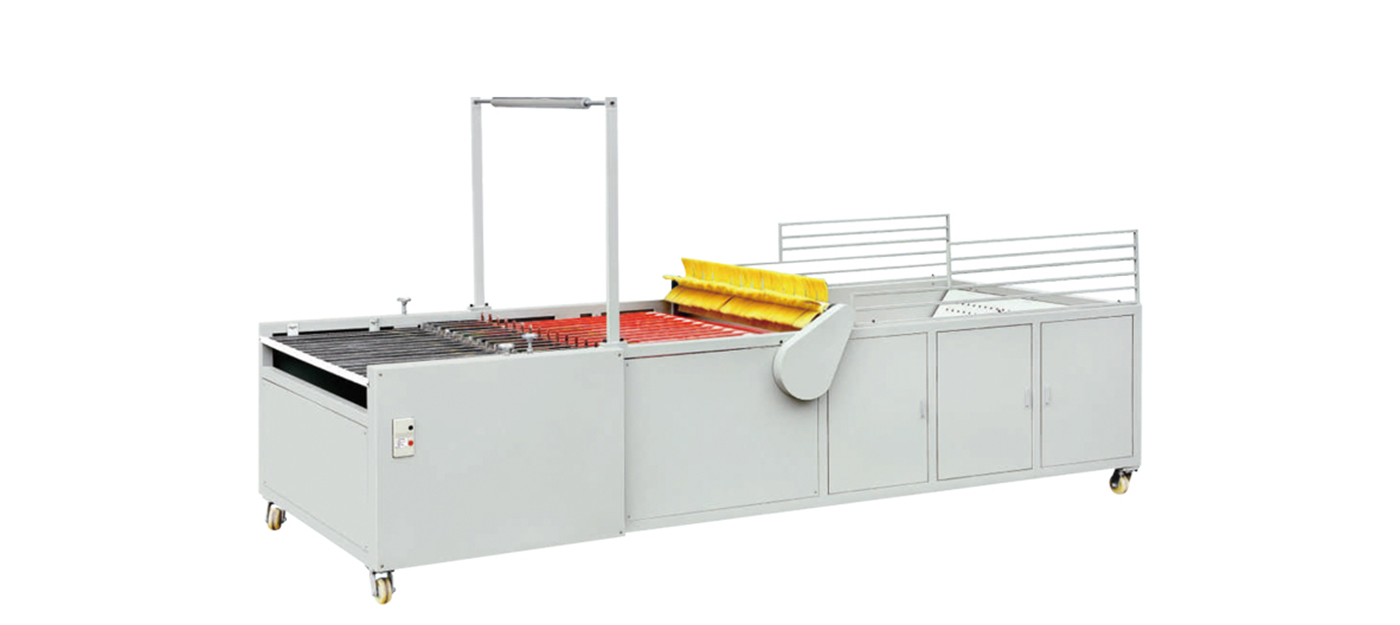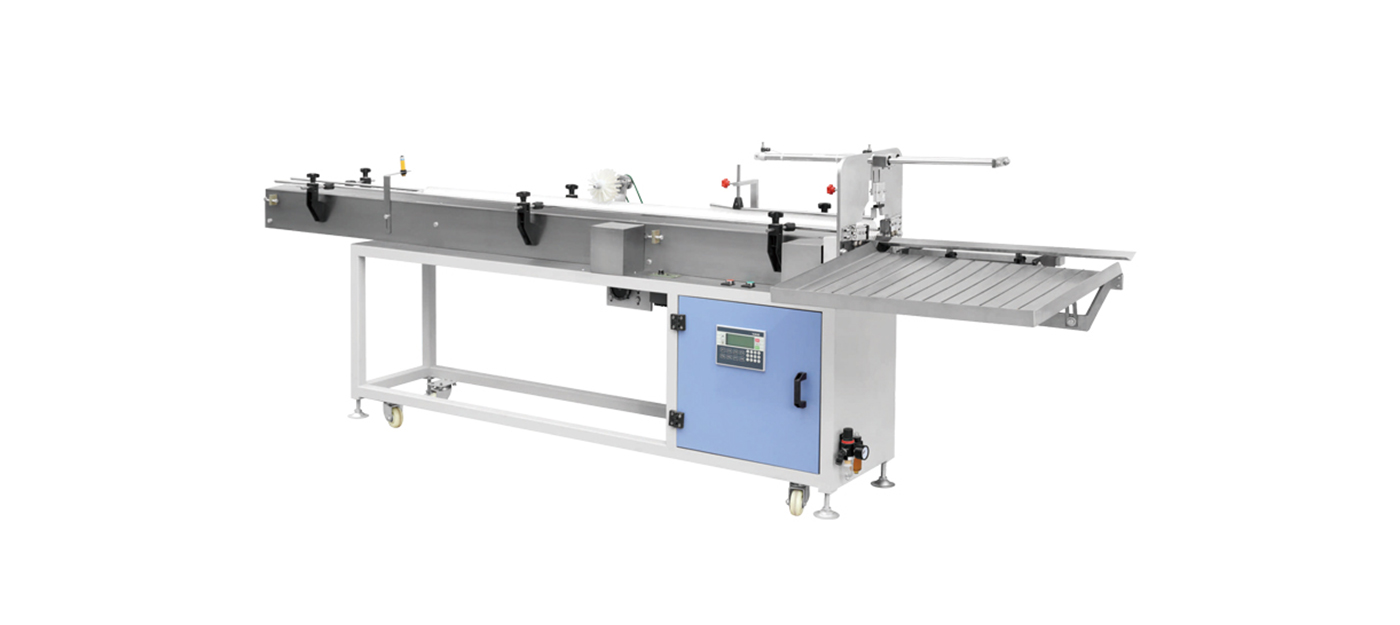Welcome to consult and negotiate
RM-4 Four-station Thermoforming Machine
Description
The 4-station positive and negative pressure thermoforming machine is an efficient production equipment that can be used to produce disposable plastic fruit boxes, flower pots, coffee cup lids and domed lids with holes, etc. The equipment is equipped with a quick mold change system and has the advantage of a customized heating box design. This equipment adopts positive and negative pressure thermoforming technology to process the plastic sheet into the required shape, size and corresponding punching design by heating the plastic sheet and compressing the positive and negative pressure gas. This equipment has four sets of workstations for forming, hole punching, edge punching, and stacking and palletizing, which can meet the needs of different industries and ensure the quality and consistency of products.

Machine Parameters
| Molding area | Clamping force | Running speed | Sheet thickness | Forming height | Forming pressure | Materials |
| Max. Mould Dimensions |
Clamping Force | Dry Cycle Speed | Max. Sheet Thickness |
Max.Foming Height |
Max.Air Pressure |
Suitable Material |
| 820x620mm | 80T | 61/cycle | 1.5mm | 100mm | 6 Bar | PP, PS, PET, CPET, OPS, PLA |
Features
Automatic control
The equipment adopts advanced automatic control system, which can precisely control parameters such as heating temperature, molding time and pressure to ensure the stability and consistency of the molding process.
Quick mold change
The 4-station thermoforming machine is equipped with a quick mold change system, which facilitates quick mold change and adapts to the production needs of different products, thereby improving the flexibility of production.
Energy-saving
The equipment adopts advanced energy-saving technology, which effectively reduces energy consumption, reduces production costs, and is environmentally friendly at the same time.
Easy to operate
The 4-station thermoforming machine is equipped with an intuitive operation interface, which is easy to operate and easy to learn, reducing staff training costs and production error rates.
Application
The 4-station thermoforming machine is widely used in the food packaging industry, and is especially suitable for enterprises producing plastic products on a large scale due to its high efficiency, high capacity and flexibility.



Tutorial

















